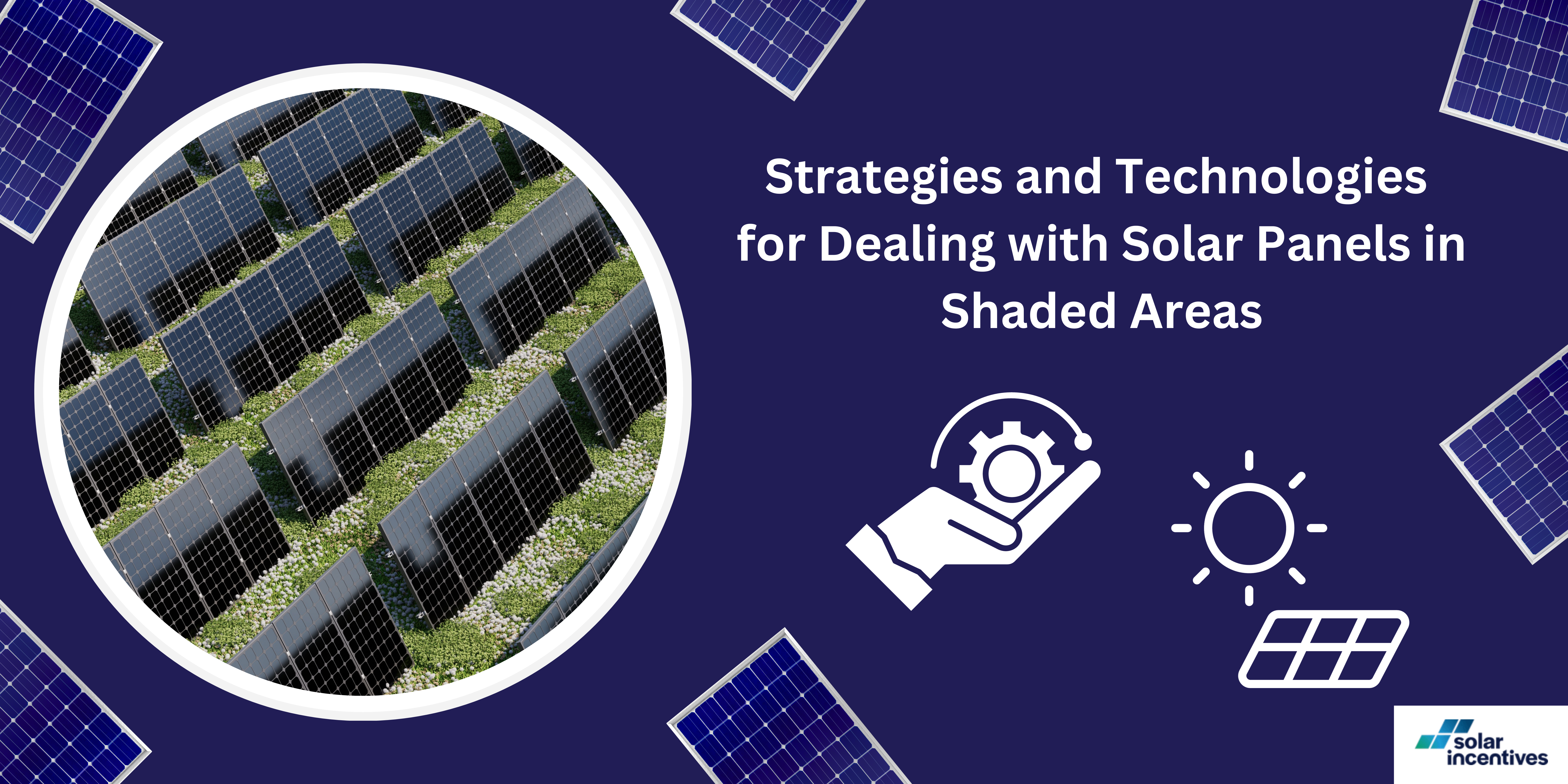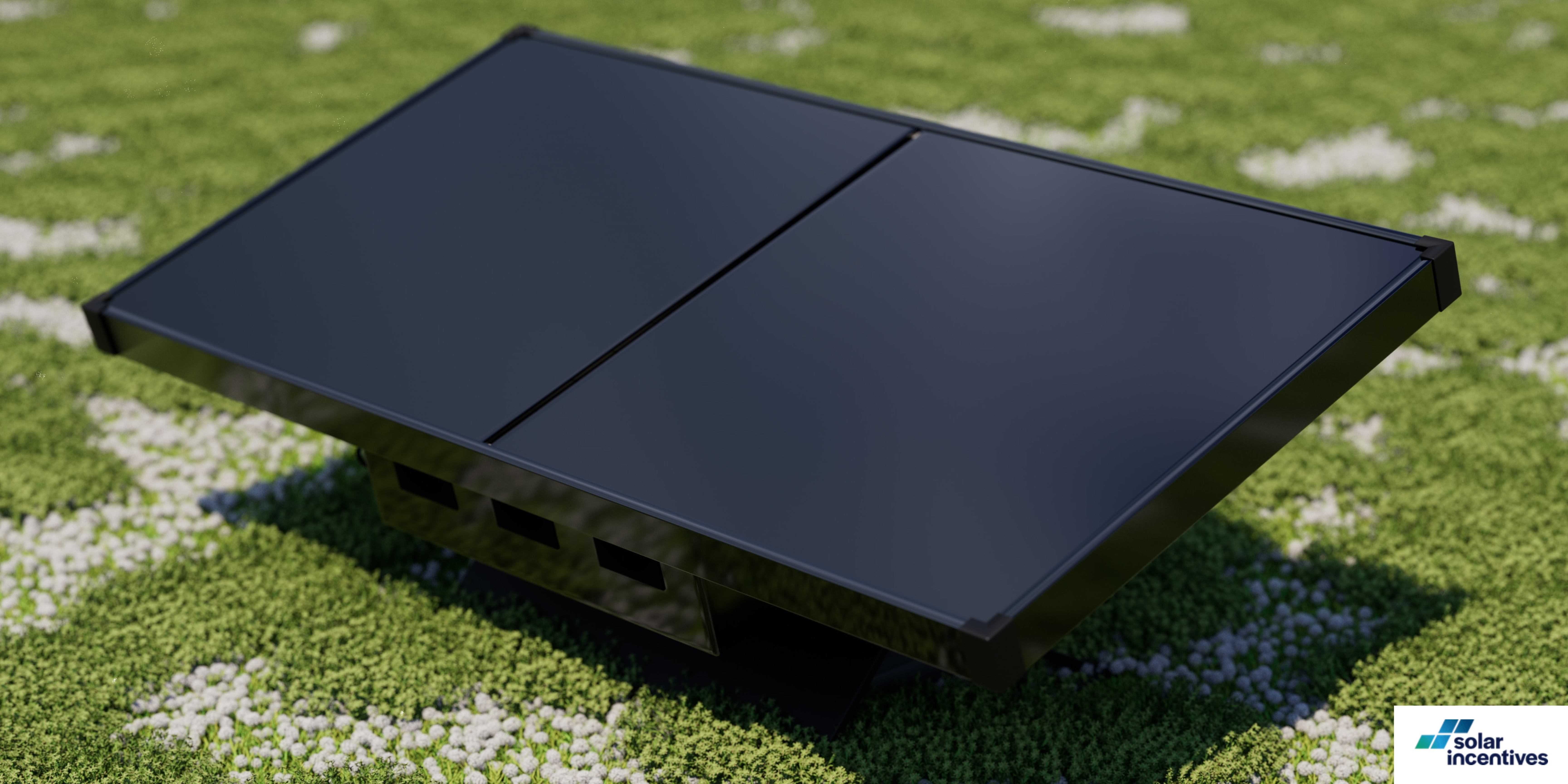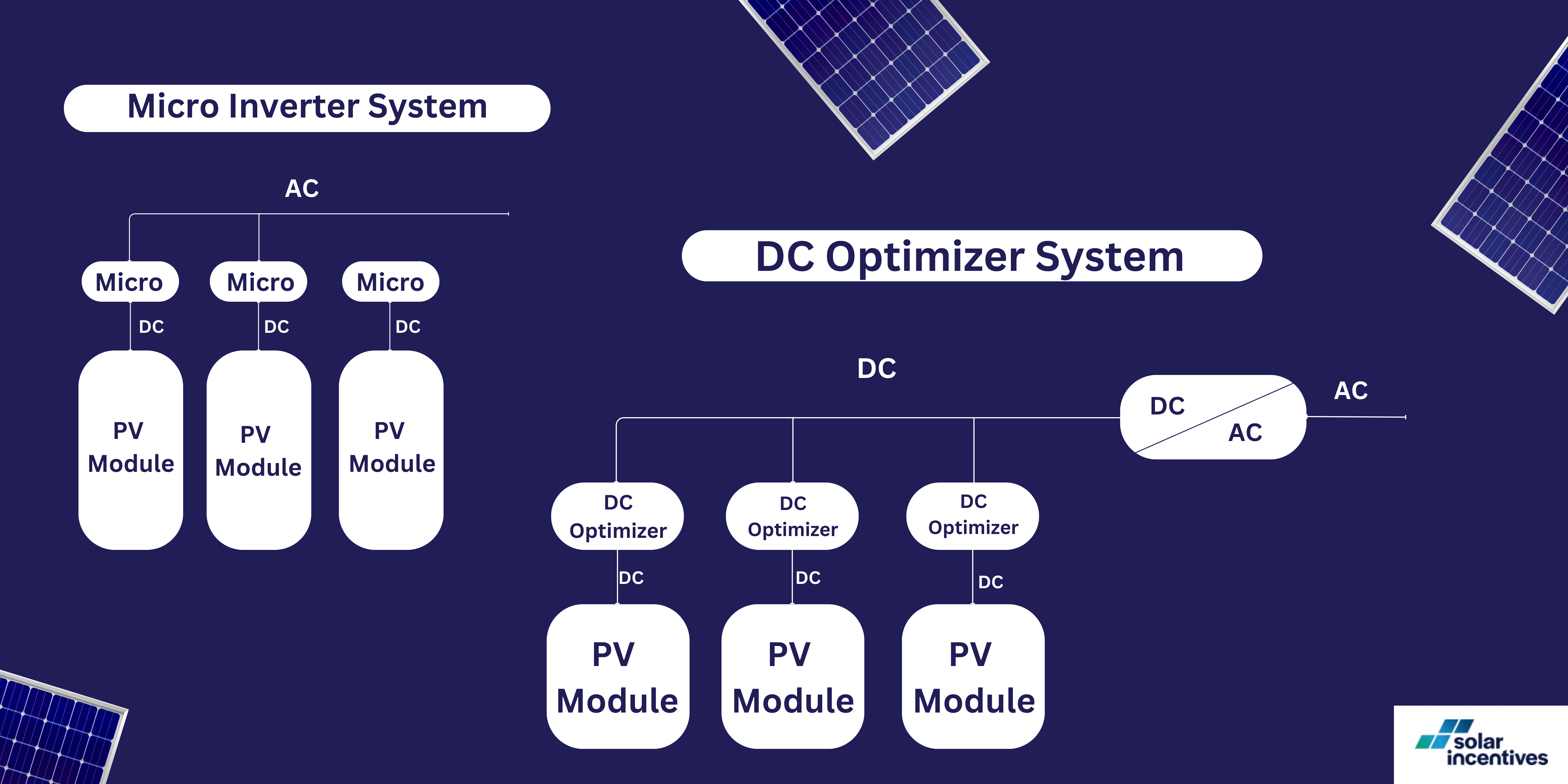Strategies and Technologies for Dealing with Solar Panels in Shaded Areas

Steve Hill
Expert in Residential and Commercial Solar Solutions and Energy Efficiency
4 min read · 15th September 2023
The sun is a powerful and endless source of energy. However, small things like a bird or a leaf can reduce a solar panel’s energy output. Let’s explore how shading affects solar panels and find solutions to this problem.
Why Does Shading Have Such a Dramatic Impact on Energy Production?
Solar panels work best when they get a lot of sunlight. More sun means more energy. But if a small part of a panel is shaded, it can affect its performance.
Think of it like a choir: if one singer is off, it can change the sound of the entire group.

What is PV System Shade Loss?

In simple terms, PV means turning sunlight into electricity. “PV System Shade Loss” talks about how shadows on solar panels reduce their energy. Things like trees or dirt can create these shadows. Think of it like a swim team: if one person is off, the whole team’s performance is impacted.
Understanding the Effects of Shade on PV Output
Solar panels are made up of many solar cells. These cells make electricity when they get sunlight. But if even one cell is shaded, it can reduce the panel’s power.
A small shaded area can greatly affect the whole panel’s efficiency.
Why Can Minimal Shading Cause Severe Power Loss?
Think about those old Christmas lights. When one bulb stopped working, the entire string wouldn’t light up, right? Solar panels are a bit like that. If just a small section gets shaded, it can mess up the energy from the whole panel or even panels connected to it.
How to Reduce Shading Losses
Harnessing the sun’s power efficiently means employing smart strategies. Here’s how:
1. Stringing Arrangements:
Solar panels connect together like a chain, forming what we call “strings”. These “strings” then connect side by side to an energy converter.
Just like links in a chain, every panel in a string shares the same electric flow. But if you compare one string to another, their energy levels should match.
A tiny bit of shade can decrease a panel’s energy. If one panel in a string is under a shadow, the whole string can lose power.
But the cool part? If one string has a shaded panel, it won’t mess with the power of its neighboring string.
Think of a building that casts shadows at times. A clever approach is to put the shaded panels on one string and the ones soaking up all the sunshine on another.
This ensures that the sunny panels can give their best without any interruptions.
2. Bypass Diodes:
Bypass diodes are like little helpers inside a solar panel. When a part of the panel is in shade, they help electricity flow around that shaded area, instead of getting stuck.
But this means that the shaded parts aren’t producing power for that time.
Imagine wanting a detour for every small road in a city. In an ideal world, every solar cell would have its own bypass helper.
But because of costs, a regular solar panel will usually have only three of these helpers. So, if we look at a panel with 60 cells, it’s like having one helper or detour for every 20 cells.
3. Module Level Power Electronics (MLPEs):

MLPEs are like little boosters you add to solar panels. They make panels work better when there’s shade (and offer other cool features like tracking each panel’s performance).
Some popular types of MLPEs are DC optimizers and microinverters.
DC Optimizers
Think of a DC optimizer like a personal trainer for a solar panel. If a panel is shaded and not working at full strength, the optimizer helps it give its best. It changes how much electric flow and pressure it sends out, so the shaded panel works just as well as the sunny ones.
But, this doesn’t mean the system is ready to power your home straight away. We still need something called an inverter to make the electricity just right for use.
Microinverters
Instead of one big machine converting energy for all solar panels, imagine if every panel had its own tiny helper doing the job. That’s a microinverter.
With this setup, each panel can work its best without affecting its neighbors. It’s like every singer in a choir having their own microphone, allowing each one to sing perfectly without off-setting the others.
Conclusion
Getting the most out of solar energy can be tricky, but with the right knowledge and approach, we can overcome these challenges.
If you’re keen on maximizing solar power and understanding how to tackle shading issues, this info is gold. Thinking about diving into the world of solar? Curious about the actual benefit of Solar Energy for the environment?
Check out Solar Incentives today. Together, let’s light up our lives using the sun’s endless power!
Article By
Steve Hill
Steve Hill has a rich background in the solar energy sector and is dedicated to empowering consumers with knowledge, particularly in residential and commercial solar solutions, solar batteries, and energy efficiency products.
Steve enjoys sharing his wealth of experience, offering practical advice, and learning about the latest trends and innovative solutions in the world of solar energy.

